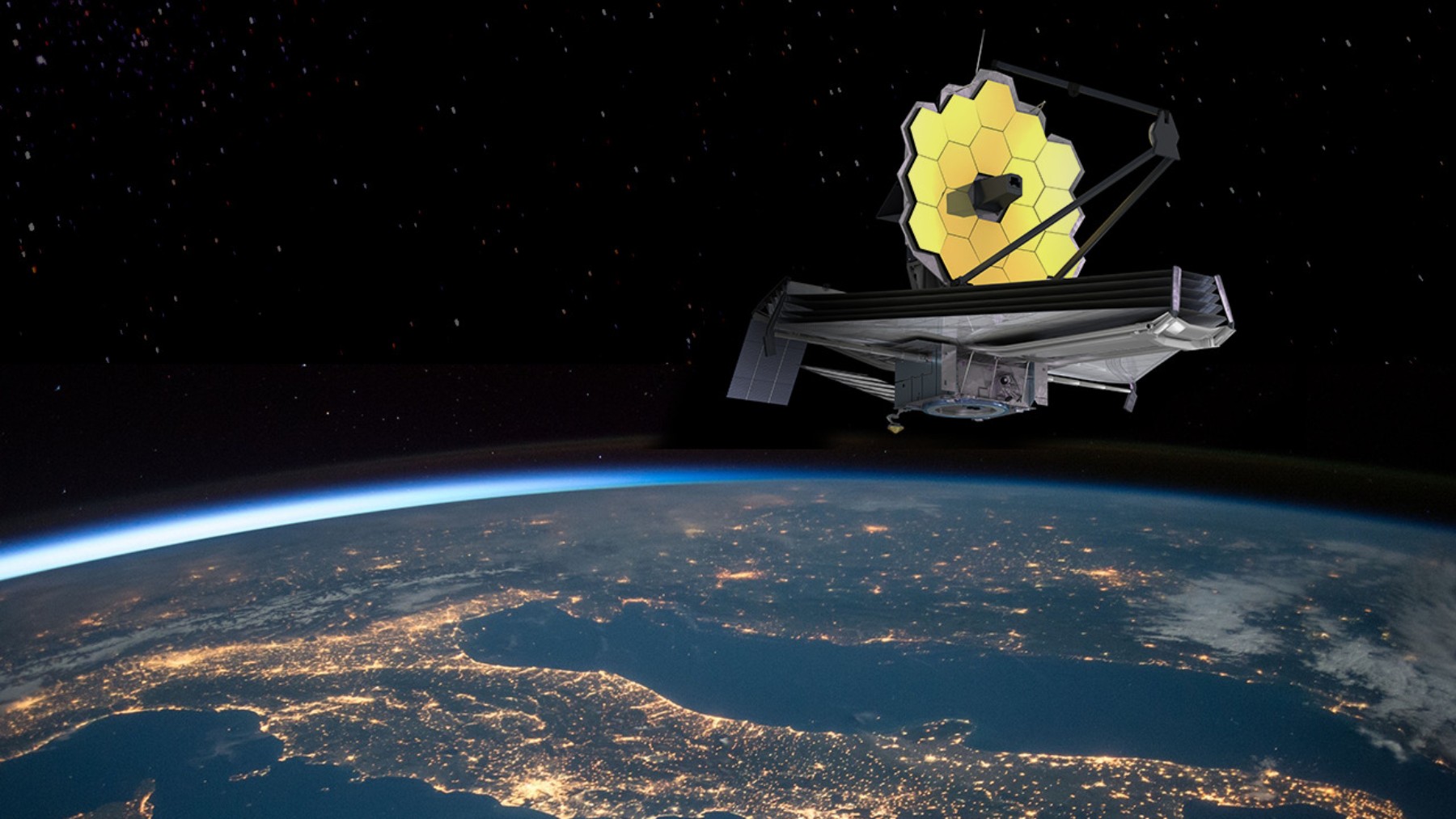Once again the James Webb Space Telescope has been set to study an extraordinary NASA discovery. This time, James Webb will be in charge of studying an exoplanet called TOI-6894b, which orbits the red dwarf star TOI-6894 in the constellation Leo. This discovery by NASA, published in Nature Astronomy and based on data from the TESS (Transiting Exoplanet Survey Satellite) mission, reveals a gas planet about the size of Saturn with a unique atmosphere where compounds like methane and ammonia are expected.
I’m sure you have heard about the James Webb Telescope if you are into reading NASA articles, because this is one of the most powerful telescopes from NASA and it has been part of many missions. So, let’s learn more about what the James Webb Telescope has done and what it might reveal about planetary formation around small stars.
A planet nearly the size of Saturn
NASA recently found a giant gas planet, almost as big as Saturn, orbiting a tiny star called a red dwarf. This star is really small—only about 20% the size of our Sun—and it’s located in the constellation Leo. Scientists were shocked when they found this event because they thought it was impossible for small stars to form planets of such big size.
Why was this not expected?
The reason is that smaller stars have protoplanetary disks (the regions of gas and dust around a star where planets form) with less material to form large bodies. In theory, with less gas and dust, a giant planet should not form. However, the planet found, called TOI-6894b, has a radius slightly larger than Saturn’s but only half its mass, which means it is a low-density, very “fluffy” planet. It is the smallest giant planet known to orbit such a small star.
Does this discovery affect current theories?
The discovery has thrown a wrench into traditional ideas about how planets form—especially the core accretion theory. That model says a rocky core builds up gradually, then pulls in gas over time to become a giant planet. But for that to happen, there needs to be plenty of material and time—something small stars like TOI-6894 aren’t thought to have. So how did TOI-6894b come to be? Astronomers have two main ideas:
- Maybe the planet formed slowly but never went through a rapid gas-grabbing phase.
- Maybe the disk of gas and dust around the star became unstable and collapsed straight into a planet, skipping the core-building stage altogether.
An interesting and cold atmosphere
TOI-6894b’s temperature is around 420 Kelvin (about 150°C), which is much lower than that of most gas giants we’ve found, known as “hot Jupiters.” Because it’s cooler, it’s a good candidate for studying atmospheres that might contain rare chemical compounds.
Scientists are particularly hoping to detect methane, which is already uncommon out there. Even more exciting is the chance of spotting ammonia (NH₃)—something that’s never been confidently confirmed in an exoplanet’s atmosphere before.
Future observations with the James Webb telescope
Scientists are already relying on the James Webb Space Telescope to study this planet’s atmosphere in detail. In the next few months, we’ll learn a lot more about this world, which could give us new answers—or even raise new questions—about how planets form and how different planets can be.
Discoveries like TOI-6894b shows that space is full of surprises scientists may discover in the future. When we thought we understood how planets form, something new appears and changes everything. With powerful tools like the James Webb Space Telescope, scientists have a better chance of finding out more about these cosmic mysteries. Aren’t you intrigued about what’s out there in space?
